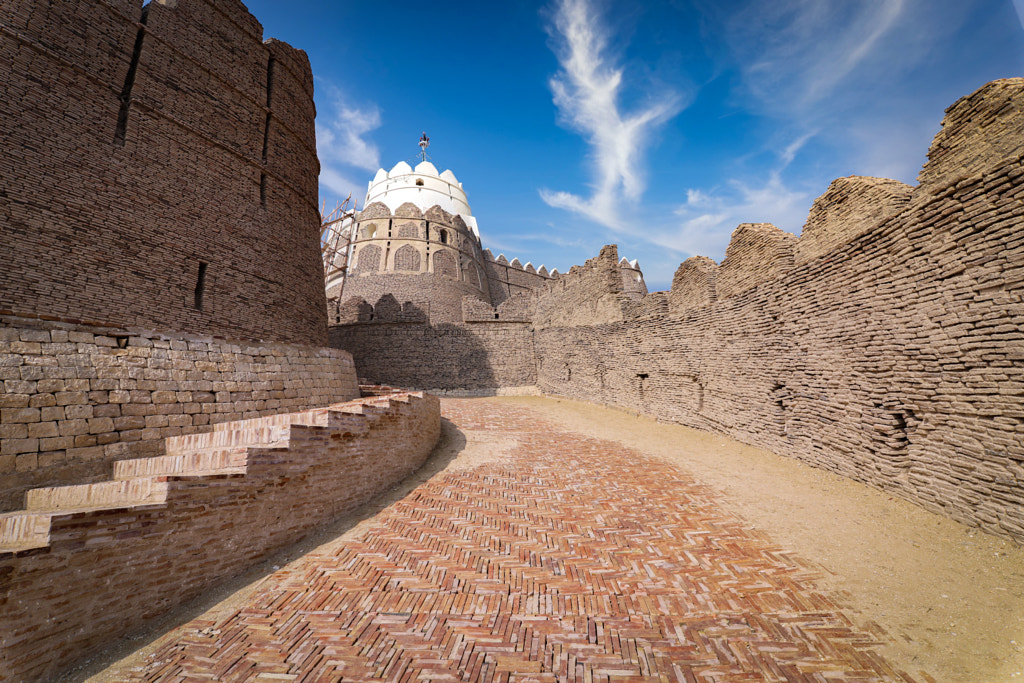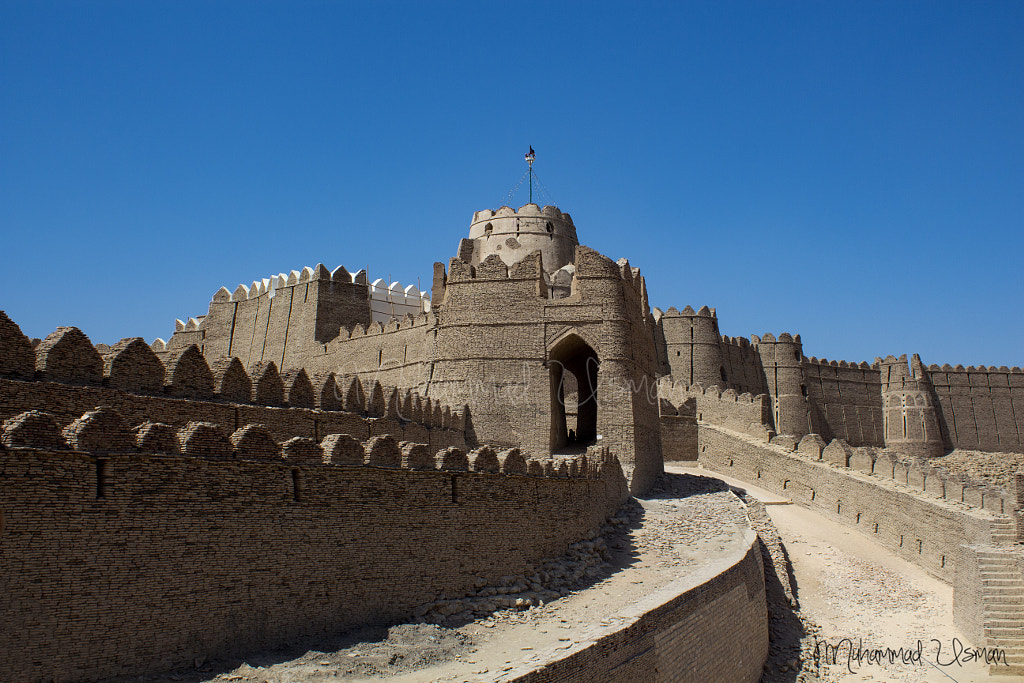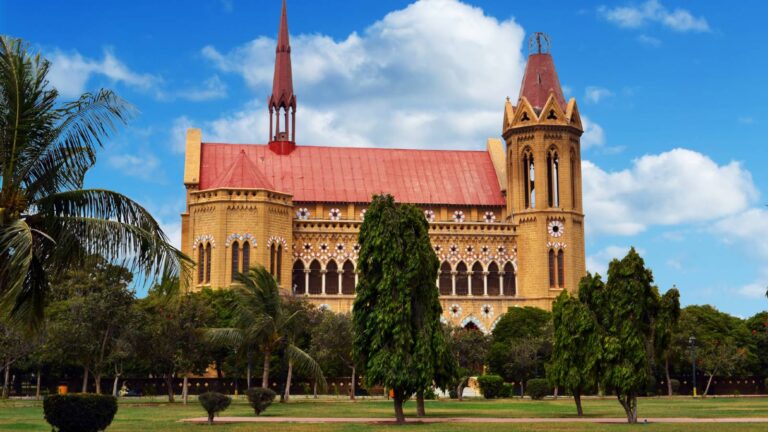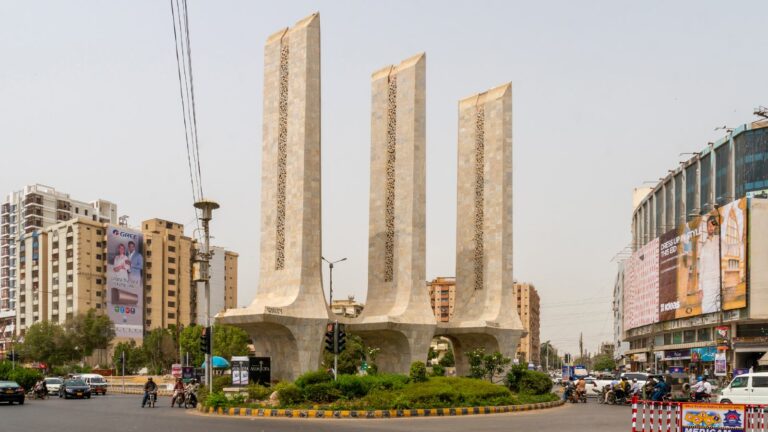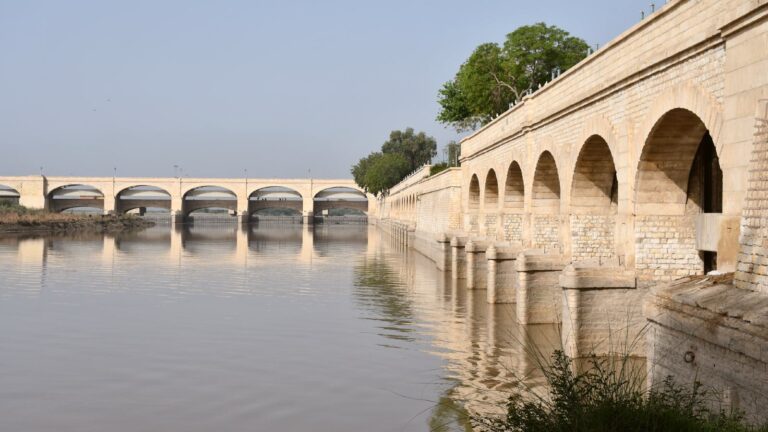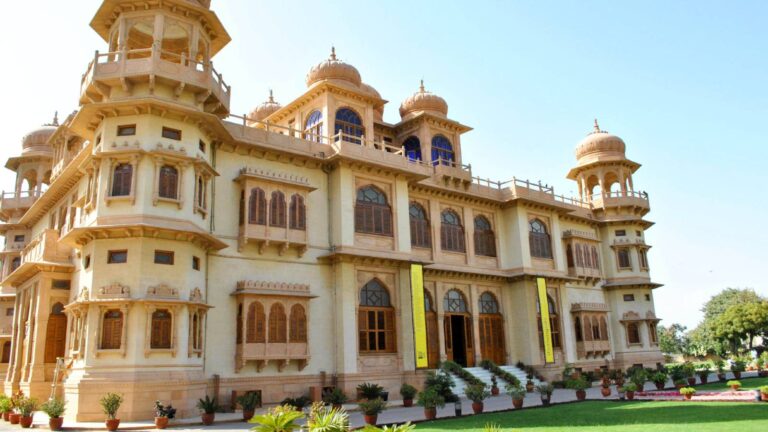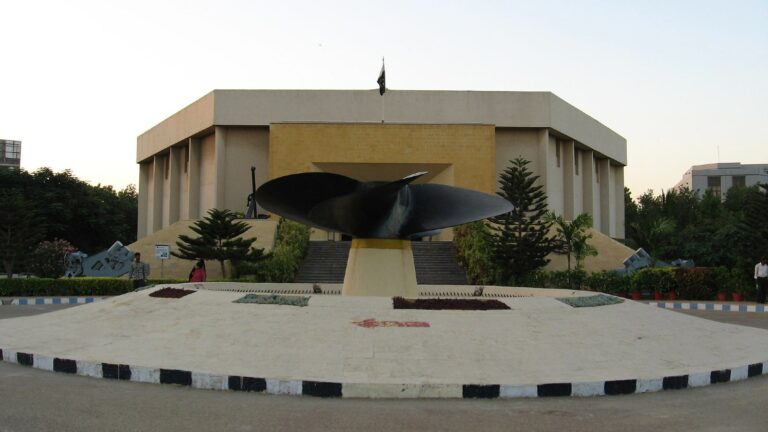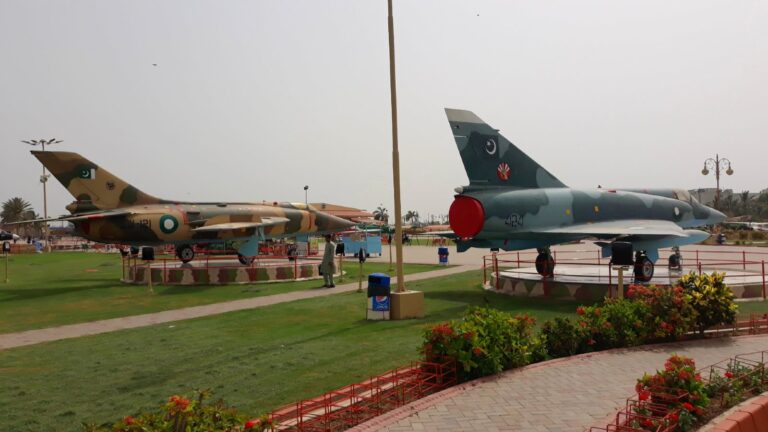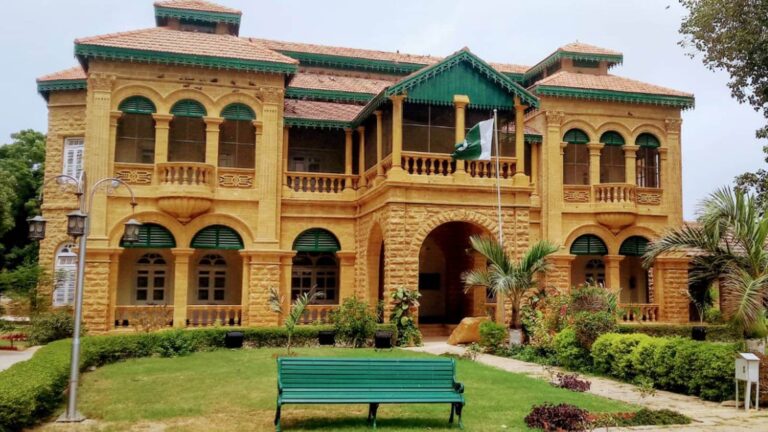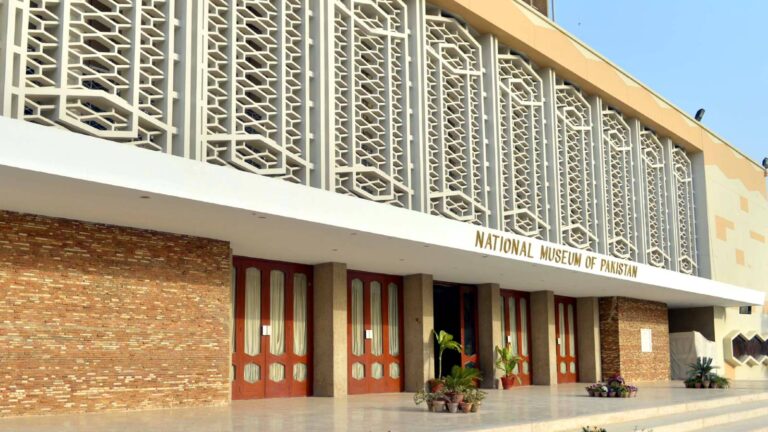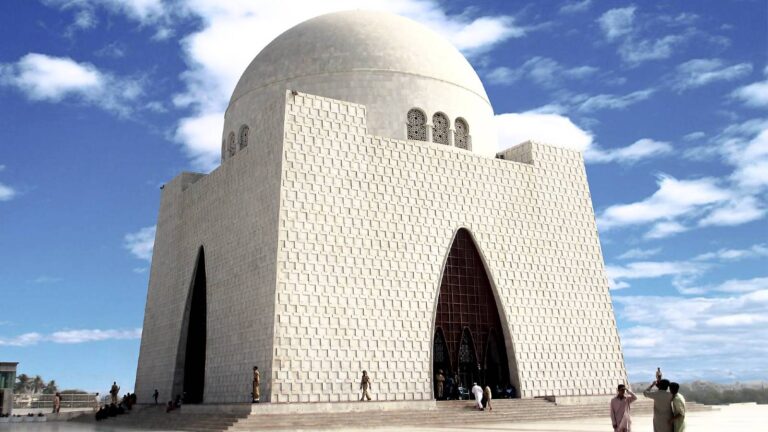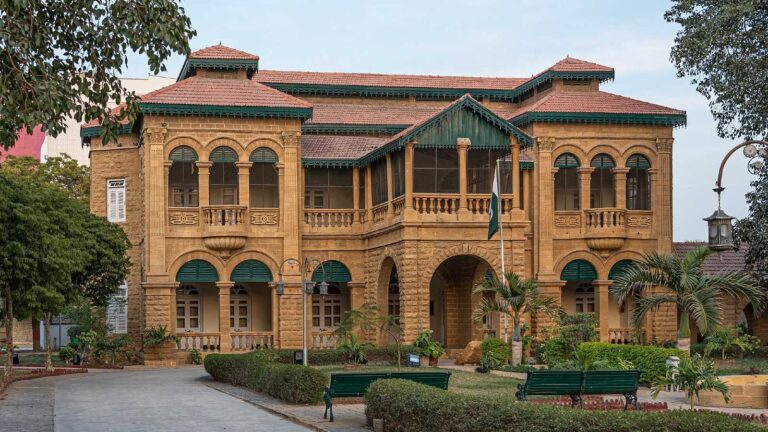Getting There
Kot Diji is located about 22 kilometers south of Khairpur in the province of Sindh, Pakistan. The site is situated at the foot of the Rohri Hills where a fort.
The driving distance between Karachi to Kot Diji 435 km. It takes approximately 6 hours 15 mints according to Google map.
What to Expect
The fort sits at a height of 110 feet from the ground and is located on the southern end of Rohri hills. The royal gate, which is locally known as “Shahi Darwaza”, is the only entrance to Kot Diji Fort. Since the primary purpose of this fort was to combat enemies, the royal gate was constructed as a large wooden structure, embedded with iron spikes that made it elephant-proof.
As you pass through the entrance of the fort with a curved ceiling, you enter into a small courtyard. The place is guarded by two heavy bastions, which is also among the major highlights of the fortification of this structure.
History
Kot Diji Fort is an architectural marvel built on the orders of Mir Sohrab Talpur, one of the prominent rulers of the Talpur dynasty. The construction of this incredible historical fort in Sindh started in 1785. It took ten years to build Kot Diji Fort and the project was finally completed in 1795. Since it sits atop a hill, the magnificent views of this fort dominate the entire region surrounding it.
It was strategically positioned on an elevated landform in the region for warfare and to keep an eye on the enemies. One of the key things that greatly adds to the history of Kot Diji Fort in Khairpur, Sindh, is that it was constructed on the archeological site of pre-Harrapan civilization, dating back from 2500 to 3000 BC. All these factors make Kot Diji Fort one of the most famous tourist attractions in Sindh.
The name of Kot Diji Fort has been derived from a Sindhi language phrase “Diji Jo Qilo”, which means “Fort of the Daughter”. Like other tourist destinations in Sindh, the name of this fort has also been influenced by the local language. The time when Kot Diji Fort was built, it was known as “Fort Ahmadabad”. It was named after Ahmad, a Persian architect who designed and engineered the praiseworthy architecture of this historical fort in Sindh.

